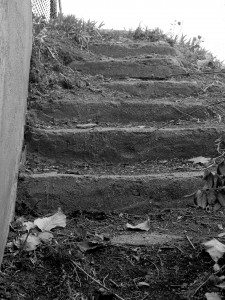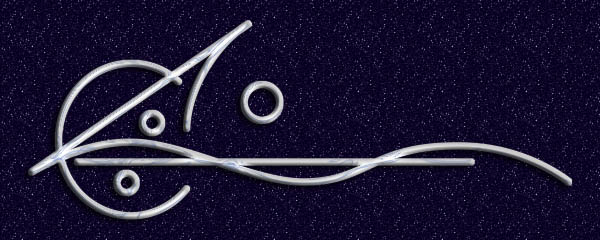
One of my more annoying personal characteristics is a seeming aversion to instruction manuals. For someone to whom reading is one of the four or five great pleasures of life, for whatever reason, I cannot abide the tedium of reading a set of instructions. For one thing, nothing seems to stick until I actually try to perform the functions laid out. I might as well be reading Linear-B. (Oddly, I can read theoretical texts without much difficulty—physics, art, philosophy, psychology, and so forth—it’s only step by step “how to” works that both try my patience and do me no apparent good.) Of course, when I do read the instructions, something does stick and I find the task at hand less baffling. Nevertheless, all my life, I have my hands on what I want to do before getting past the table of contents in the manual.
Where they help is when I run into something that stops me in my tracks. (Let me in my defense say here that I am not one of those males who make a fetish of not asking directions; I have no problem stopping on a road and asking someone where I am and how to get elsewhere.)
Anyway, I’ve been, the last few years, teasing my way through digital photography. I’ve been posting the results as I go along. I broke down a couple years ago and bought a new camera, a Canon 60D, which is not the top-of-the-line (good heavens, I didn’t have five grand!) but is not an amateur machine, either. It’s about what I needed to get me started and produces more than acceptable results. (I suspect I’m going to have to pop for a better lens one of these days, not to mention a second one to extend the range.)
To date I’ve been shooting everything in JPEG and working with the images in Photoshop 7. I’ve been hearing and reading about shooting in RAW all this time, but the JPEGs have been very amendable to my manipulations and I’ve been learning my way through Photoshop handily. (A friend came over a couple of times to show me the initial stuff, which made the instructions make sense.)
Lately, I’ve been running up against the edges of quality. Nothing I could quite put my finger on, just…an impression…that these photographs could be sharper or a bit richer…what finally came down to a sense that they simply didn’t contain enough information.
So I thought it was time to try RAW and see if it made a difference.
It did. The first one being, I can’t open the files in Photoshop 7. A quick check around the intraweebs and I discover that I need a plug-in for that. Hm. A hundred bucks.
However…
The program that came with the camera does open them and there is a, what I initially thought was a cruder, processing program included. Well, there are many things I don’t readily see available, but I can work with the files and convert them into JPEGS, which I can then pull into Photoshop for further work.
And it does seem that there is more to work with.
Back in the ancient past, we used to debate lens quality versus film acuity, the amount of information a given lens could transmit and the ability of a particular film to “see” it. On paper, at least, it always seemed a silly argument, because even the cheapest aftermarket lenses transmitted far more data than the finest film was capable of recording. And yet, there was a reason Leica lenses were so damned expensive. You could see the difference. It was palpable. What information was recordable by the film was intimately dependent on how much information it had to, for lack of a better word, choose from. In the end, it was a signal-to-noise problem, classic amplitude/frequency physics. I was pretty good for a time at distinguishing the quality of the glass, as we said, from the quality of the image on paper. In my own work, I could see it clearly, even though more often than not, it was not quantifiable in other than æsthetic terms.
If the quality isn’t there, it can drive you nuts, even if in every other respect there is nothing wrong with the image. It’s like a noise in a motor than only you can hear.
So all I want for Christmas (for now) is the latest version of Photoshop (or equivalent) that allows me to work in RAW without having to buy a damned plug-in.
Why not get the plug-in, you ask? Excellent question. Basically, because I have rarely had any luck downloading those blasted things and installing them properly without days of struggle fixing whatever went wrong in the negotiation.
Besides, I’m sure what I’m using currently is antiquated.
Meantime, I seem to have managed to step up the level of quality this way.


I read much, but run into a thick block against step-by-step instructions, as you do, also. If I am learning how to operate something, I can’t abide someone showing me. I must hand-on do it myself to learn — a movement in yoga, computer, tractor etc. Thank you for the post.